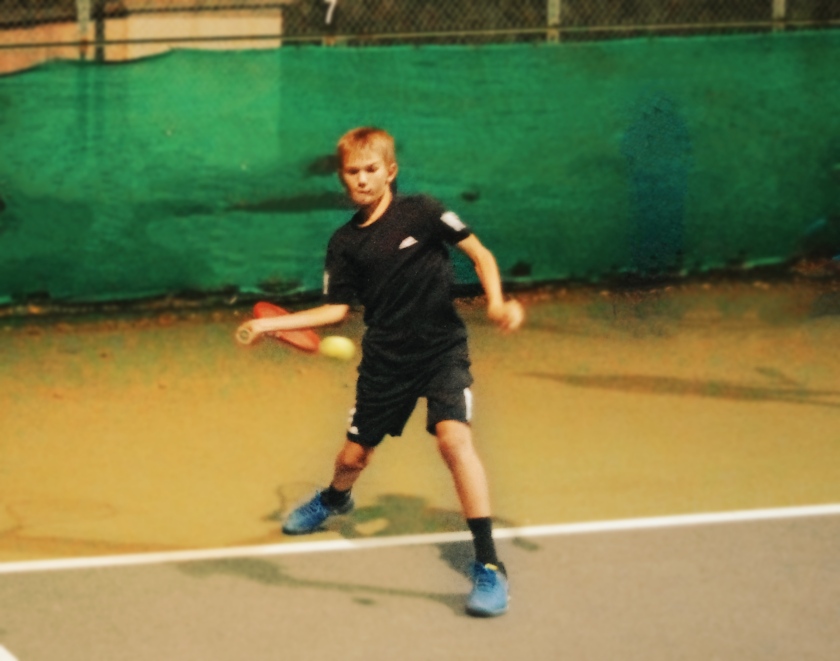Visual search in experts
It has been shown that experts are better and quicker in responding than novices. Experts in sports extract more task-relevant information from each eye fixation than novices, implementing a visual strategy that allows more time to process important task-relevant cues.
Retinal structure (the distribution of the photoreceptor cells in our body) of the eye is functional in the way so the information from the environment can be received via foveal and peripheral vision.
Depending on the context, objects can be scanned with foveal vision, when in need of detailed information processing from single location or with peripheral vision enabling simultaneous information processing from multiple locations or from multiple objects.
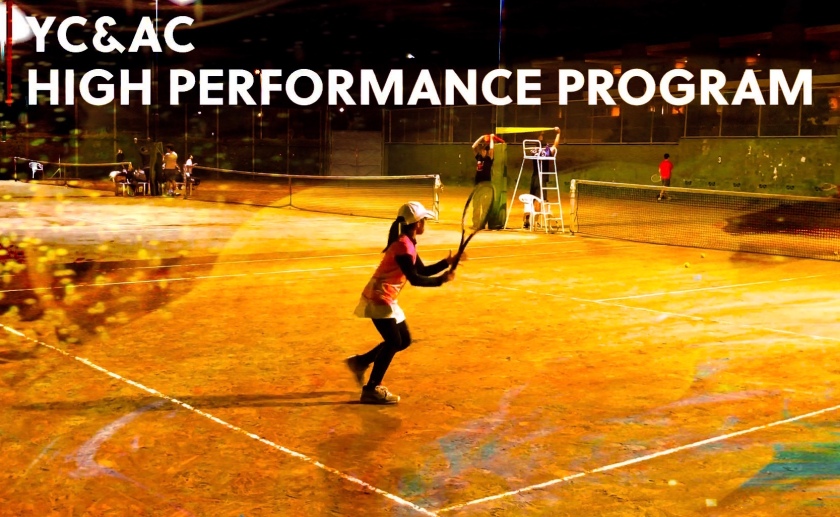
In sport like tennis, the objects of interest for the player are the current and future position of the opponent and the ball (their relation) and having a dual task environment demands from the players sometimes to employ fixations between the two points of interest (contextual cues in tennis anticipation) using the peripheral vision to recognize the specific patterns of movement.
Specific eye-movement patterns used by experts usually have three main features:
(a) extended visual span;
(b) efficient visual search rate and
(c) selective attention allocation
An extended visual span is essential for a global visual search to divert the attention to relevant object or area of interest. Studies showed that observers use :
- non-selective visual pathway for extracting global information from across the visual field and then
- selective visual pathway (foveal) in order to identify the details of the object.
According to Wolfe, efficient visual search is determined by:
- the ability to guide the attention toward relevant cues and
- the speed of rejecting the distracting stimulus.
The selection that guides our attention is based on the information stored in the long-term memory, stored as a consequence of the task specific repetitions through years of deliberate practice and experience. The memory patterns can be quickly recalled to support the working flow when the task, similar to the ones experienced before, is at hand. At the moments when the specific task and scene is recognized, retrieving the information from long term memory diverts our attention to what we need to perceive initiating the perceptual- cognitive process.
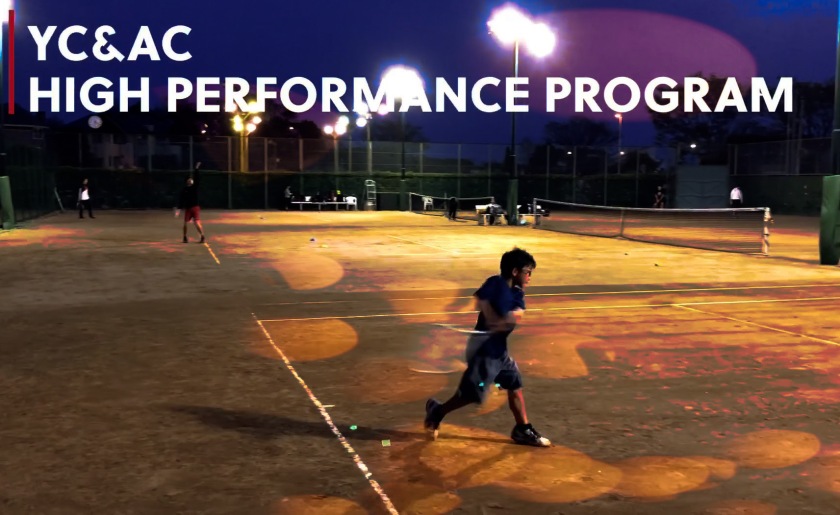
Importance of the peripheral vision in tennis
Peripheral vision role is to find the objects of interest from a glance identifying the most relevant information from the many in the environment and to recognize the motion changes in the environment that could influence the player’s actions making decision. Peripheral vision provides an indication of where the most important location may be for the next (or future) visual fixations.
The advantage of using the peripheral vision is that it can be applied to sport-specific multi task settings (detecting multiple information at the same time) without constraining the natural gaze behavior. Object is initially detected within peripheral vision, providing the information ‘where the relevant object’s location is’ in order to narrow the attention to these relevant sources of information in relation to the current context. By identifying the object, the player can extract more information regarding ‘what the object is’ by bringing the stimulus into the foveal region of the retina.
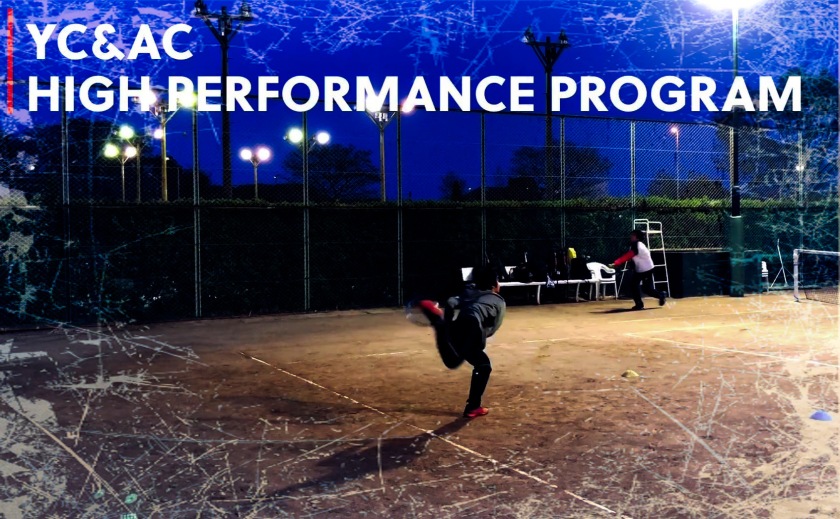
Visual search and perceptual- cognitive response
Most researchers have been interested in identifying the visual cues and the visual research patterns and strategies used by elite tennis players which helps them in minimizing delays in perceptual – cognitive – motor processing and by that maximize the levels of anticipation, efficiency and initiation of movement.
To minimize delays of the perceptual process, an important step is in identifying the relevant cues and ignoring the irrelevant ones, enhanced through practices directed towards determining the most critical visual cues (critical features of the movement) to focus on. Due to the years of experience of practicing of many hours of deliberate, purposeful practice and playing in a time-stressed environment, an expert should developed the ability to recognize certain patterns of game and direct the gaze towards important informative areas. Gazing helps extracting meaningful cues from the environment and provides data for predictive judgment of the opponent’s intentions which creates on court advantage by anticipating the action outcomes based on the movements of the players.
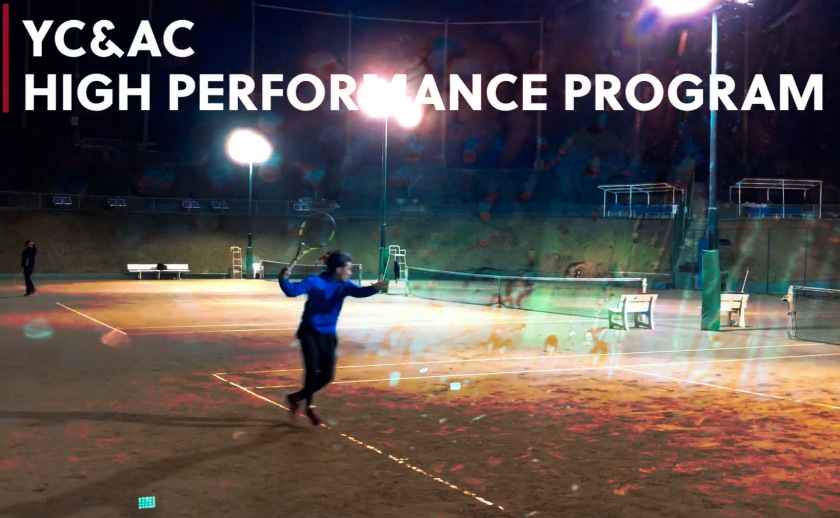
Gaze
Schmidt (1991) defined gaze as “the absolute position of the eyes in space and depends on both eye position in orbit and head position in space.” The gaze can be directed to only one location and one information source at a time, both important to perform under severe spatio – temporal constraints in the dynamic multitask tennis environment.
Stabilizing gaze offers many possibilities for performance enhancement by using it:
- To mainly process information with the fovea but using the peripheral vision to monitor if any changes happened in the periphery by avoiding negative saccadic suppression effects
- To process information with peripheral vision off the gaze position in order to recognize the next target of fixation and allocate the attention efficiently
Gazing at one location does not have to mean that the player is extracting the information solely from the located area. The attention can be relocated in the visual field without distinctive eye movements while changing the point of fixation giving the priority to the sources of information located outside of fovea, in the periphery. This is supported by many researches (Ryu et al, 2013) suggesting that information processed through peripheral vision plays an important role in the combination for success of: perceptual (efficiency of visual search) -cognitive (time of making accurate decision) -motor (movement initiation) performance.
There is a difference between ‘looking’, which is the gaze fixation, and ‘seeing’ which is related to the information extraction which does not have to be gathered through the area of fixation. If an observer’s point of gaze is directed at an opponent’s trunk, information can still be extracted from nearby areas, such as the legs or torso, very important for anticipating opponent’s intentions in tennis.
In tennis, experts who foveate on an opponent’s hips and torso area or contact point area may be potentially picking up information, by being perceptually flexible, gathered through the peripheral vision.
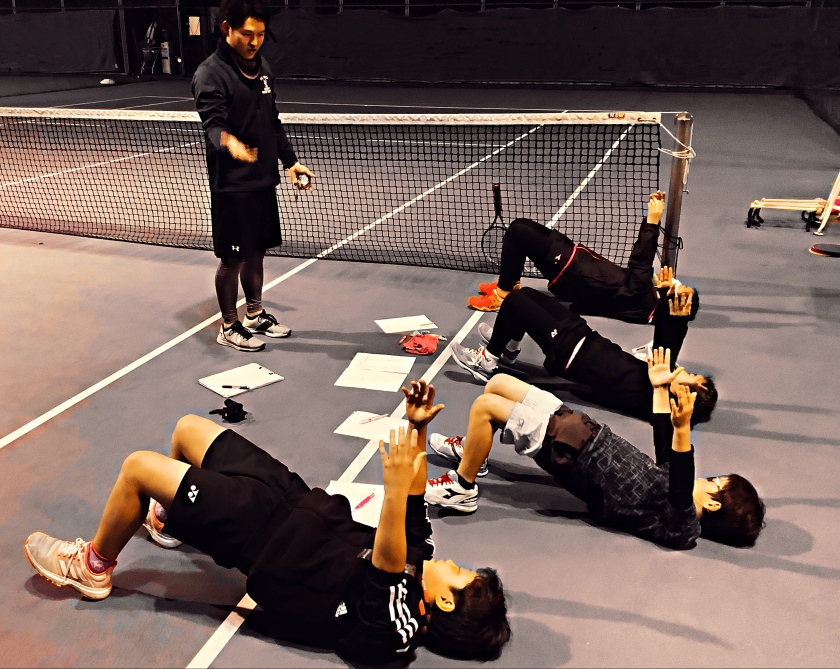
Visual search and anticipation
How do the experts use their visual search to detect the opponent’s kinetic information in order to predict what will happen (event anticipation), where it will happen (spatial anticipation) and when will it happen (temporal anticipation).
Most actions in racket games have a proximal-to-distal development, and visual cues are usually found in this order, directing the gaze in a proximal-to-distal sequence. In the production of players’ stroke patterns, key aspect is the summation and transfer of torques via linked segments—from the larger, more proximal segments of the lower body and trunk to the distal arm and racquet. Following the kinetic chain principle, angular momentum generated in the larger (proximal) body parts is transferred through sequential body segments so that maximal torque and velocity is achieved at the most distal segment, that is, the wrist and racquet.
In player’s perception and prediction of opponent’s stroke action, players invoke the same neural representations that are responsible for their own production of the similar action, concluding that the availability of linked segment information may be crucial for uncovering the opponent’s action intentions and accurately predicting the way the action will unfold.

